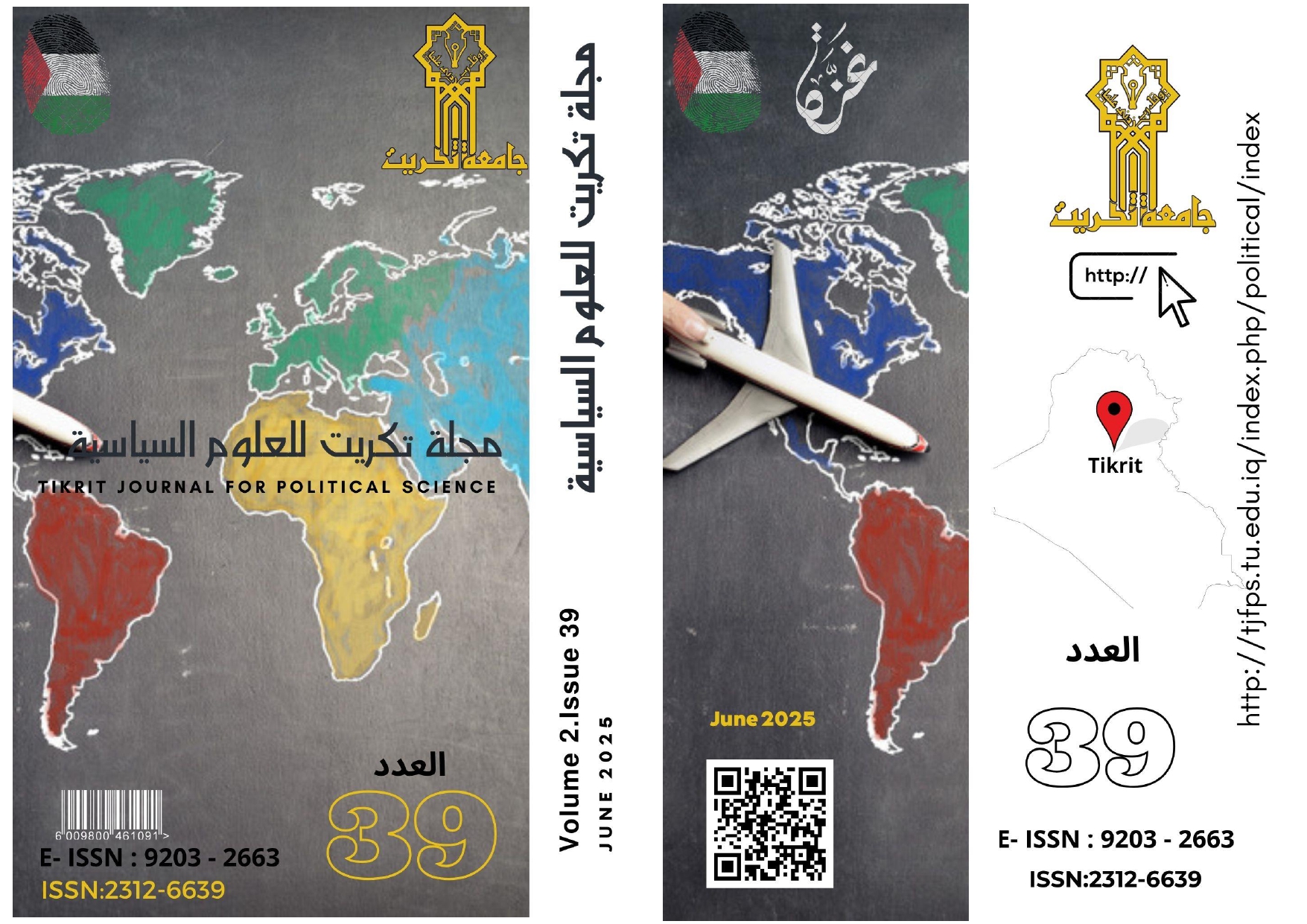Reshaping the Strategic Alliances of the Russian Federation in Light of Geopolitical Shifts After 2022
DOI:
https://doi.org/10.25130/tjfps.v2i39.483Keywords:
- Strategic alliances - Russian foreign policy - multipolarity - economic sanctionsAbstract
This study aims to analyze the reshaping of the strategic alliances of the Russian Federation in light of the geopolitical shifts that have occurred globally since 2022. The research focuses on the factors that have driven Moscow to redirect its foreign policy toward new alliances, particularly with emerging powers such as China, India, and Iran, in addition to strengthening its presence in strategic regions such as the Middle East, Africa, and Latin America. The study adopts a descriptive-analytical approach to understand the nature of geopolitical transformations and their impact on the global system, relying on a theoretical framework based on neorealism and the concept of multipolarity. The research also examines the consequences of Western economic sanctions on Russia, their effects on its international relations, and how Moscow has responded to these challenges by diversifying its economic, political, and military alliances. The study concludes that the geopolitical shifts after 2022 have contributed to reshaping the international system, strengthening non-Western partnerships, and promoting new trends toward reducing reliance on traditional Western hegemony. Furthermore, the research highlights three possible future scenarios for the trajectory of Russia’s alliances: strengthening multipolarity, the collapse of Russian alliances due to international pressures, or Russia successfully consolidating its alliances with emerging powers to enhance its global influence.





